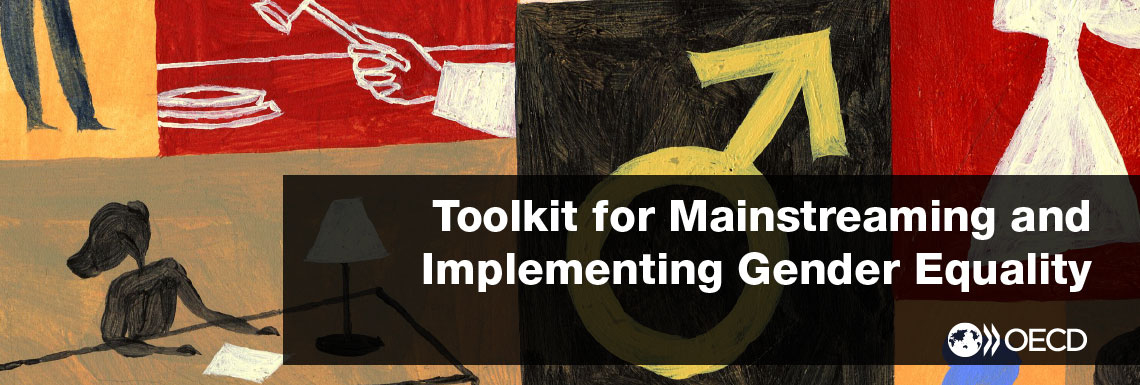Equitable career advancement policies are in place to close gender gaps at the top levels of judicial careers
SELF-ASSESSMENT QUESTION
- Have existing career advancement policies and procedures been scrutinized for possible gender bias and evaluated for gender balance?
- Are capacity and leadership development opportunities for women in the judiciary are available and facilitated by court management from the entry level to the most senior appointment?
- Are judicial composition statistics regularly collected, disclosed and discussed by judicial leadership?
WHY IS IT IMPORTANT?
Despite differences between civil law and common law systems, in most OECD countries women tend to be well represented in entry-level judicial posts. Gender parity among professional judges has been reached and surpassed in many OECD countries, with women representing on average 56% of all judges. However, women’s participation critically drops at higher levels, and gender gaps widen toward the top levels of the judiciary. Women occupy on average 59% of offices in first instance courts but only 34% of judgeships in supreme courts. It is not uncommon that a woman judge may begin working part-time following the birth of a child, Yet this may limit her access to the professional development opportunities necessary for climbing the judicial ladder, and thus undermine her success as a judge (OECD, 2014).
Leadership programmes designed specifically for women can help talented women judges advance in their organizationcreate . It is also important that male colleagues, especially in management and leadership positions, speak out in favor of such leadership trajectories. For such efforts to be effective, it is equally crucial to address policies and practices that may reinforce subtle or second-generation gender bias (e.g., patterns of behavior associated with men such as the expectation of being assertive).
ACTIONS TO CONSIDER
- Ensure that selection processes for opportunities for career advancement are open and transparent, while also ensuring that under-represented groups are proactively supported.
- Establishing clear accountability lines at the top echelons of judiciary for promoting and respecting gender balance and diversity in career advancement processes;
- Widely disseminate information on various judicial career paths so that both women and men are aware of the range of opportunities available within the judiciary and consider how they can develop their skills
- Continue supporting and encouraging women talents after their entry at the judicial office but throughout the judicial career, including at most senior levels.
- If not in place, implement a system of mentoring and sponsorship; and leadership and capacity development programs for women and men;
- Consider holding a series of interviews of influential female and male leaders within the judiciary recording stories of how their career path has been shaped by female role models. Publish among all members of the judiciary;
- Consider creating a role model shadowing program where female and male judges are partnered with a role model and follow their activities for a week;
- Consider collecting evidence of the impact of capacity development schemes on women’s participation in the judiciary.
PITFALLS TO AVOID
-
Take reluctance of women to participate in leadership development programs at face value. Because women in comparison to men tend to underestimate their capabilities, they might need more persuasion than men to engage in such trajectories.
COUNTRY EXAMPLES
United States
The National Association of Women Judges (NAWJ) has been focusing on gender equality since its inception in 1979. Elements of the organizational mission are:
- “Developing judicial leaders
- Increasing the number of women on the bench in order for the judiciary to accurately reflect the role of women in the democratic society
- Improving the administration of justice to provide gender-fair decisions for both male & female litigations.”
The establishment and implementation of gender bias task forces in both federal and state courts can be seen as an example of concrete actions undertaken by the NAWJ.

